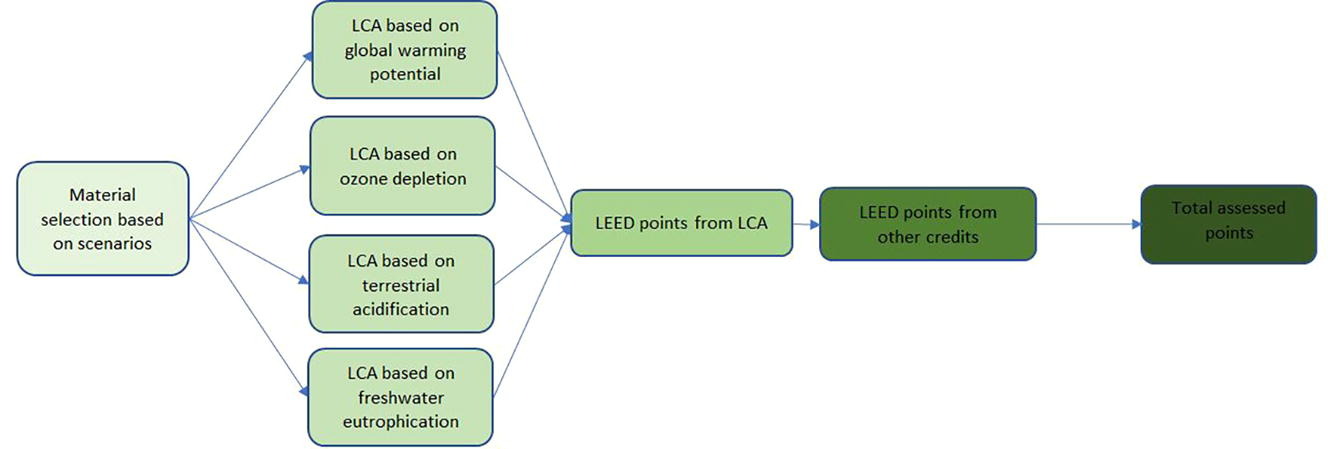Background: The effectivity role of community mental health worker (CMHWs) has several important gaps in the service provision at the community level. This study aimed to explain community mental health workers' effectivity role for the rehabilitation of mental health illness. Methods: A systematic review searched five electronic databases (Scopus, PubMed, ScienceDirect, CINAHL, and ProQuest) for previous studies published between 2015 and 2020. The Centre for Review and Dissemination and the Joanna Briggs Institute Guideline used to assess quality and Prisma checklist guided this review.
Clean energy transition.
In this episode of the “World We Want” podcast series, RELX’s Global Head of Corporate Responsibility, Dr. Márcia Balisciano, talks to Michael Sheldrick about leadership.
The use of grains as an alternative to wheat in breadmaking has rapidly grown in the last few years, driven by the Sustainable Development Goals toward improving food security and promoting sustainable agriculture. Flours from legumes, pseudo-cereals, minor cereals and milling by-products, such as bran, are of particular interest. The production of partially substituted or wheat-free bread is, however, a challenging task in terms of texture and flavour attributes.
Held in partnership with the University of Johannesburg, this Elsevier webinar discusses the SDGs and how researchers can incorporate them into their work.
Held in partnership with the University of São Paulo, this Elsevier webinar discusses the SDGs and how researchers can incorporate them into their work.
A Comment on Alzheimer's disease plaques, in the context of SDG 3, focusing specifically on donanemab and its target.
Carbon capture and storage can help achieve the sustainable development goals. It is a key enabler of goal 13 relating to combating climate change. It also enables provision of affordable energy and decarbonisation of industry. The capturing process has both positive and negative interactions with most sustainability goals.
This cross-sectional study examined whether levels of soluble Aβ42 are higher in amyloid-positive normal cognition (NC) individuals compared to mild cognitive impairment (MCI) and Alzheimer's disease.
The pre-use stage (construction) emissions of buildings occur in a short time. Wooden buildings seem to emit less compared to concrete ones in pre-use stage according to LCA. Green building certificates need to consider embodied emissions more exhaustively.

